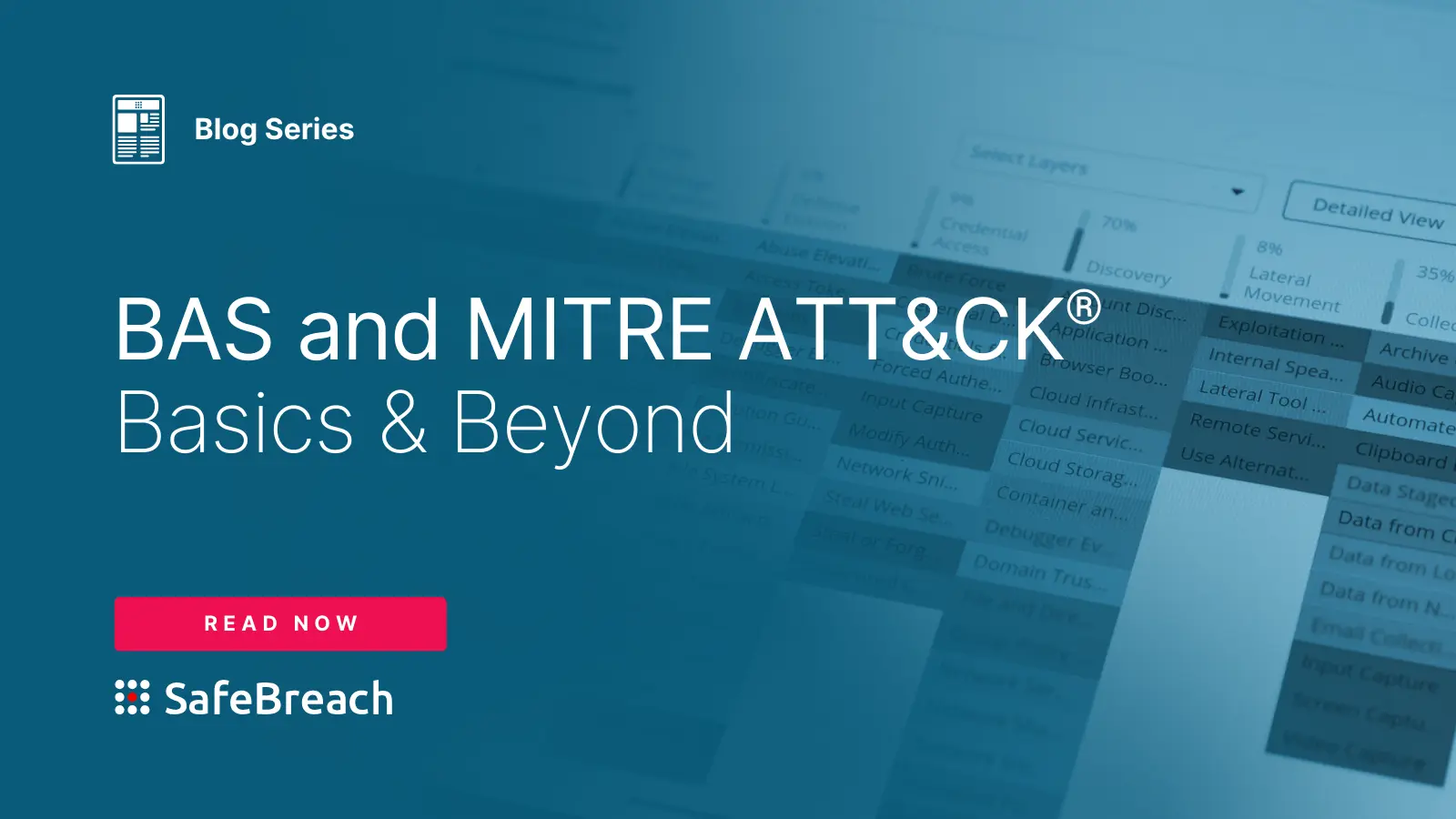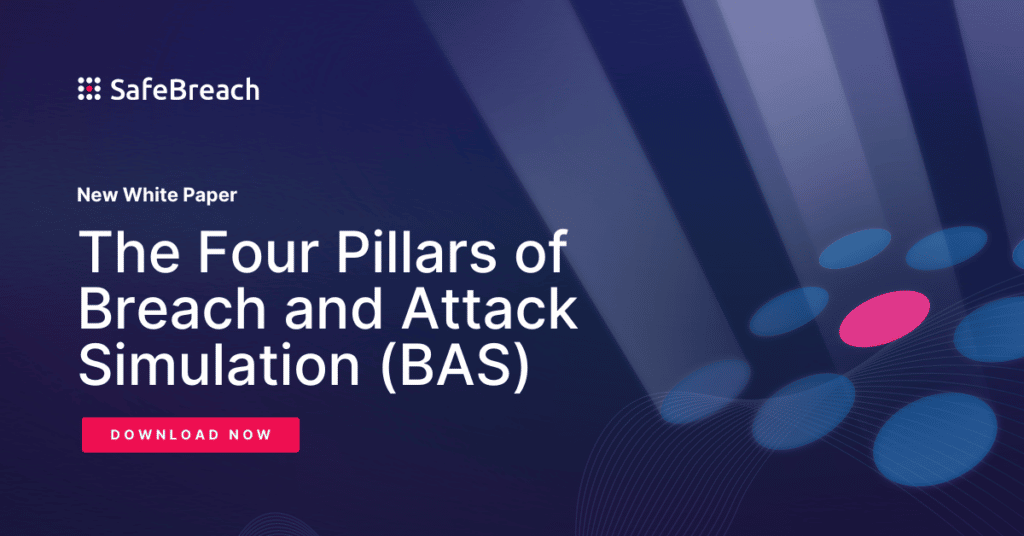
Today we continue our BAS 101 educational journey with a look at the guidance a BAS solution should provide to help security teams accelerate remediation efforts to continuously reduce their biggest risks. If this is your first time joining the class—welcome! And be sure to check out previous lessons on the SafeBreach blog.
A BAS platform continually runs hundreds of thousands of breach methods and automatically prioritizes remediation targets based on business risks and priorities. BAS will also provide specific remediation guidance mapped to attacks. Advanced BAS solutions, however, go beyond simply supplying remediation next to each security flaw finding. Keep reading to learn how.
Remediation Guidance by Severity
A well-designed BAS platform will aggregate results from all simulations and rank them by severity or potential impact to the organization. This improves operational efficiency by focusing team efforts on the security gaps that pose the greatest risk. The BAS solution should group threats by clear categories, such as network, web, endpoint, and email, and by vendor and operating system. This makes it more feasible to coordinate efforts of security, IT, network, endpoint, and risk teams in ongoing but holistic and targeted remediation efforts.
Key elements of this effort include:
- Building a set of prioritization rules to guide BAS remediation hierarchies and heuristics
- Creating a unified workspace or dashboard where each team can focus on the highest priority remediations in their area of responsibility (e.g., netsec, appsec, opsec)
- Running BAS shortly after remediations are applied to verify the BAS solution’s remediation guidance was effective
Vulnerability Management Integrations
Advanced BAS solutions bring insights to vulnerability management (VM) solutions by adding traceable findings on each actual exploitable weakness of the organization based on specific BAS simulations. By simulating various types of attacks across the kill chain, a BAS solution is able to understand the potential exposures and risk to the organization.
When integrated with VM data, the BAS solution should be able to correlate the vulnerability patch data to the breach and attack results. This makes both systems more effective and efficient. Security and IT teams can further benefit from this integration by automated generation of patch prioritizations based on BAS findings. The consolidation of VM and BAS results helps the organization understand the consequences of security gaps in terms of business risk and define the most impactful priority of patch management to the organization.
SafeBreach integrates with dozens of security solutions out-of-the-box and provides an API to allow security teams to move data into and out of the SafeBreach environment. This makes it easy to improve the user experience and aggregate information customized to each stakeholder’s needs.
Automated Workflows & Remediation Processes
BAS should have tight workflow integrations with SOAR, SIEM, and ticketing solutions for automated breach remediation. Integrations with workflow systems can be used to trigger processes for additional information gathering, configuration changes, and analyst approvals required to direct mitigation and remediation of issues. Over time, these bi-directional workflow integrations improve the security posture and reduce the risk of a breach by improving the ability of the security team to quickly and effectively mitigate issues discovered by BAS.
Your BAS-Remediation Checklist
To recap what we’ve covered in today’s lesson, here’s a short, simple checklist of key elements to look for when assessing a BAS platform’s remediation capabilities:
- The ability to integrate business criticality data into BAS security gap findings to better prioritize remediation guidance
- More specifically, the ability to integrate BAS with VM tools to make patching smarter and more effective
- The ability to automate remediation processes and workflows leveraging the BAS API to improve efficiency

Stay Tuned
Until next time, class is dismissed. Be sure to watch for more BAS 101 blogs over the coming weeks as we dive deeper into the critical elements of BAS and help you better understand the role of BAS in your security ecosystem. For all you overachievers, feel free to work ahead of the lesson plan by downloading our new white paper: The Four Pillars of BAS.
Want to learn more about why leading organizations—like PayPal, Netflix, Experian, and Johnson & Johnson—have chosen SafeBreach’s industry-pioneering BAS platform to support their continuous security validation programs? Connect with a SafeBreach cybersecurity expert or request a demo of our advanced BAS platform today.
